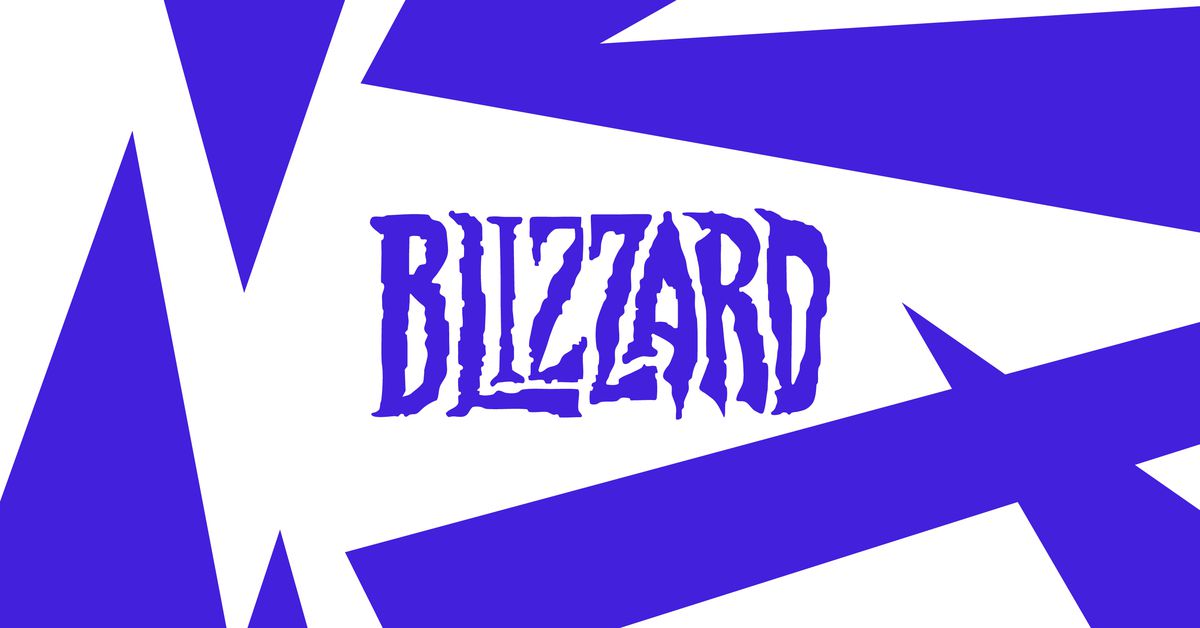- cross-posted to:
- games
- [email protected]
- cross-posted to:
- games
- [email protected]
More than 500 developers at Blizzard Entertainment who work on World of Warcraft have voted to form a union. The World of Warcraft GameMakers Guild, formed with the assistance of the Communication Workers of America (CWA), is composed of employees across every department, including designers, engineers, artists, producers, and more. Together, they have formed the largest wall-to-wall union — or a union inclusive of multiple departments and disciplines — at Microsoft.
This news comes less than a week after the formation of the Bethesda Game Studios union, which, at the time of the announcement, was itself the largest wall-to-wall Microsoft union.
The World of Warcraft GameMakers Guild is made up of over 500 members across Blizzard offices in California and Massachusetts. Despite its size — it is the second largest union at Microsoft overall behind Activision’s 600-member QA union — Cox said that Microsoft’s labor neutrality agreement helped get the organization ball rolling.
Interdisciplinary unions like Blizzard’s are relatively rare, especially in the video game industry, as each department has different needs and goals. Up until this point, the majority of unionization efforts in the video game industry have been spearheaded by QA workers who have traditionally been among the least paid and least protected employees.
The first union at Activision Blizzard was made up of QA workers, as was the first union at Microsoft’s game studios. In addition to the World of Warcraft GameMakers Guild, yet another new union made up of QA workers at Blizzard’s Austin, Texas, office has also formed. The Blizzard Quality Assurance United-CWA is a 60-person unit including QA testers for games like Diablo, Hearthstone, and other Blizzard games.



World of Warcraft 2 announced. World of Warcraft to be canceled (this is joke… I hope)
It doesn’t need to be called World of Warcraft 2, but they really do need to rewrite the entire engine from scratch.
It’s very unlikely it’s actually that bad. As someone that’s actually done multiple full rewrites of some fairly large software projects … incremental refactors could’ve got it done without completely shutting down new feature development for years.